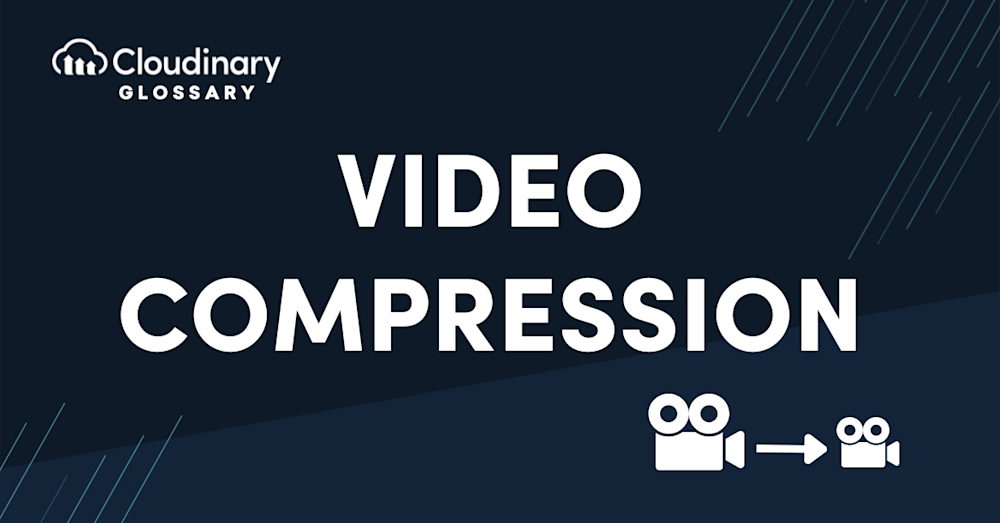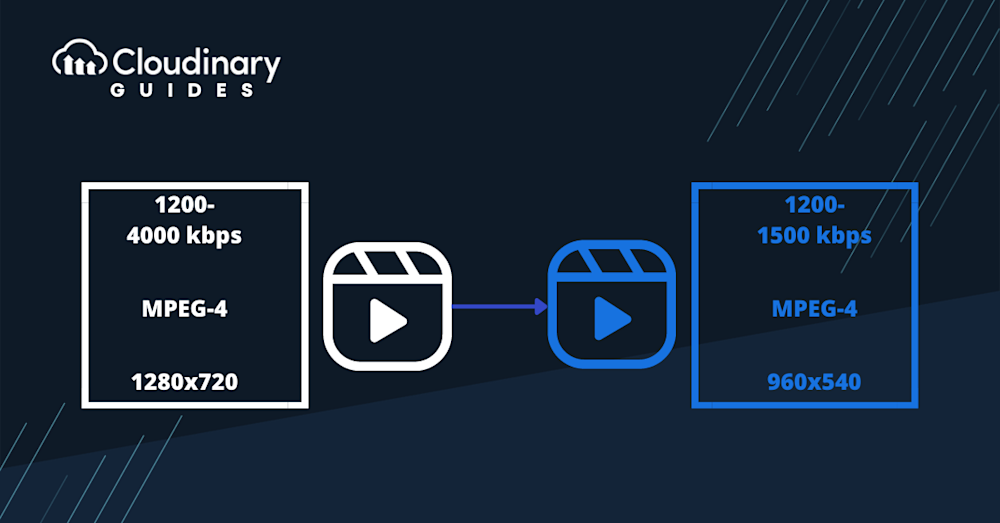Videos are typically huge files and can take a long time to upload. This is especially an issue when it comes to users trying to watch videos while on cell networks or with slow internet speeds. But with video compression, developers can optimize these videos for any network. But not all videos need compression, but knowing when you should is essential.
What Is Video Compression?
Video compression is the process of reducing the file size of a video through the process of using encoders. With video compression, you can remove redundant information in the file to make it smaller. This can be done to save space or to make the video load faster. It can also make videos more stable and reduce artifacts like pixelation.
There are two types of video compression:
- Lossless Compression preserves your video in its original quality, ensuring no loss in visual quality.
- Lossy Compression makes your video files even smaller, but can affect the video’s quality, sometimes leading to a more degraded image.
Understanding the difference between these two types is crucial when deciding how to compress your video, depending on your quality and file size needs.
How Does Video Compression Work?
Videos are made up of individual pixels, just like any other digital media. However, whe you’re sending that video to someone else, they don’t need to know the details of every single pixel for each frame. Video compression will analyze those pixels and use that information to “cut out” the useless parts – like static elements or areas with the same color. Then, it uses an encoder to take that information and shrink the file, using that data to tell the recipient how to rebuild the video from those static parts.
Practical Ways to Compress a Video
Video compression is essential in today’s digital era, saving storage space and facilitating easier sharing. There are various practical methods you can use to compress videos:
- ZIP Files: Compressing a video as a ZIP file can reduce its size significantly. Although this method won’t preserve the original quality, it’s effective for storage and transfer purposes.
- Video Editing Software: Many video editing platforms have a built-in feature for video compression, allowing you to reduce file size without losing quality.
- Free Video Compression Software: Several free tools can also help with video compression. These include:
- wave.video: Primarily a video editing tool, it also offers video compression capabilities.
- VLC: A popular media player that also performs video compression.
- Handbrake: An open-source video transcoder. It’s one of the best for compressing videos.
- Freemake Video Converter: Besides converting videos, this software also compresses them efficiently.
Each method has its unique advantages and suitable occasions, thereby providing various options for users to compress videos according to their specific needs.
Do I Have to Compress a Video to Share It?
You don’t have to compress a video to share it. But compressing the file will make it smaller and easier for others to download or watch on their devices. If you are concerned about the quality of your video and do not want users experiencing any lag or buffering when they watch it, compressing is necessary.
However, remember that video compression can reduce the quality, so knowing when it’s worth doing is essential. It’s also important to know how much you will reduce video quality. The more you compress, the less quality you will have.
Compress a video with Cloudinary
If you want to set up a solution that can help with video compression on your site, you’ll want Cloudinary. Our media optimization lets you set up your videos with the best compression methods every time. It uses Cloudinary’s intelligent quality and encoding algorithm to find the best methods and format for your videos, giving your users the best video experience.
Cloudinary is here to help you deliver your media with speed and high quality. Get started with a free Cloudinary account today and see what we can do for you!
For details, check out the following Cloudinary documentation:
- A complete reference on video manipulation and transformation with Cloudinary.
- SDKs and libraries: server side, client side, and mobile
Additional Resources You May Find Useful:


